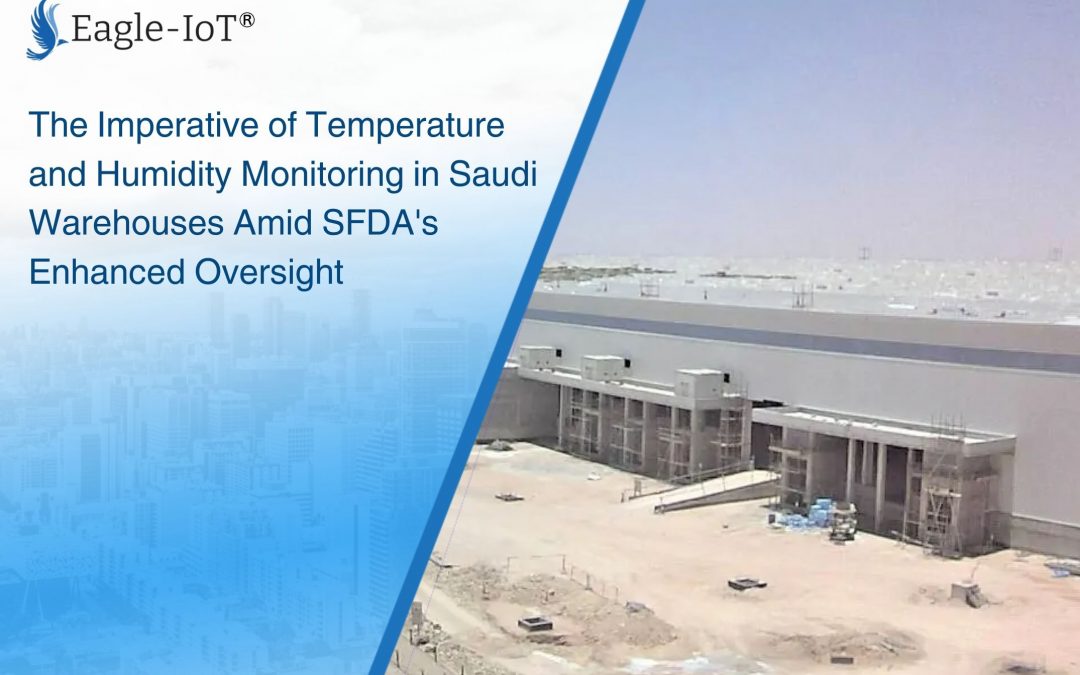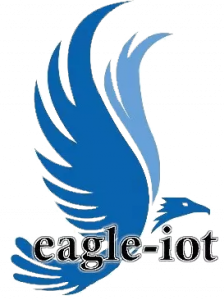- The Saudi Arabia’s food industry is experiencing a significant evolution, marked by the increasing convergence of stringent regulatory mandates from the Saudi Food and Drug Authority (SFDA) and the rapid advancements in monitoring technology. In anticipation of peak seasons like Hajj, the SFDA has intensified its inspection campaigns, as highlighted in a report on May 10th, 2025, underscoring the critical need for robust and verifiable compliance measures. This heightened scrutiny is not a temporary measure but rather a clear indicator of a long-term industry trend towards proactive self-assessment and unwavering adherence to evolving regulatory standards aimed at ensuring the safety and quality of the Kingdom’s food supply.
-
SFDA’s Evolving Regulatory Landscape and Requirements
The SFDA’s amplified inspection efforts are a direct response to the growing complexities inherent in modern food supply chains and the paramount imperative to safeguard the health and well-being of millions of consumers, particularly the pilgrims during Hajj. These comprehensive inspections meticulously focus on verifying the quality and safety of commonly consumed food products, demanding strict compliance with a wide array of health regulations.
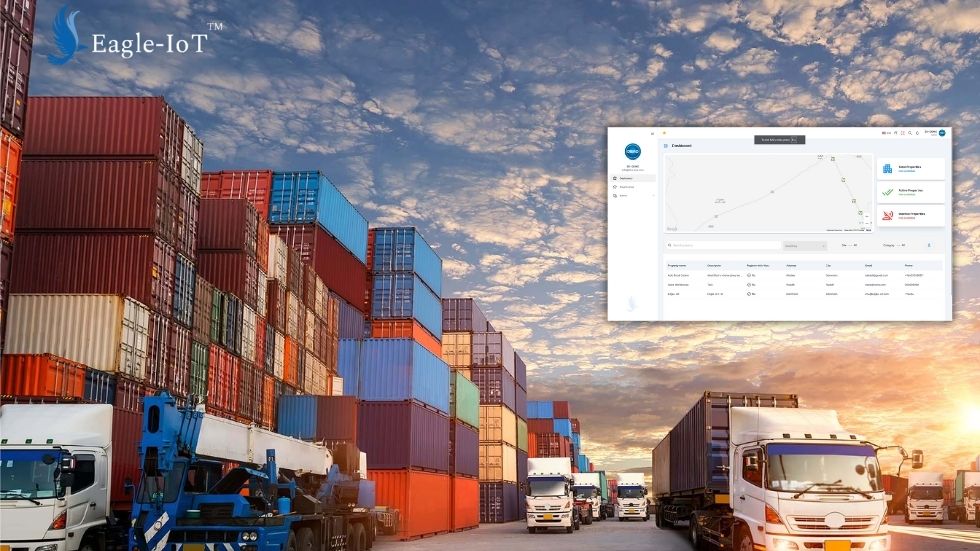
This includes rigorous verification of the accuracy of food and nutritional labeling data, strict adherence to meticulously defined transportation and storage conditions, and the demonstrable efficacy of end-to-end product tracking mechanisms designed to ensure accountability and facilitate swift recalls if necessary.
A pivotal regulatory mandate, effective from January 1, 2025, necessitates a significant technological upgrade for all manufacturers, warehouses, and transportation vehicles involved in handling chilled and frozen food products. The SFDA now requires these entities to establish a direct and seamless electronic linkage between their internal temperature and humidity monitoring systems and designated digital platforms, with the Wasl platform being a key example. This directive represents a decisive shift towards proactive, real-time environmental monitoring and the seamless integration of critical data, empowering immediate corrective actions in the event of deviations and significantly bolstering traceability throughout the entire cold chain. This move aims to prevent spoilage, maintain optimal food quality, and ensure consumer safety through continuous and transparent data logging.
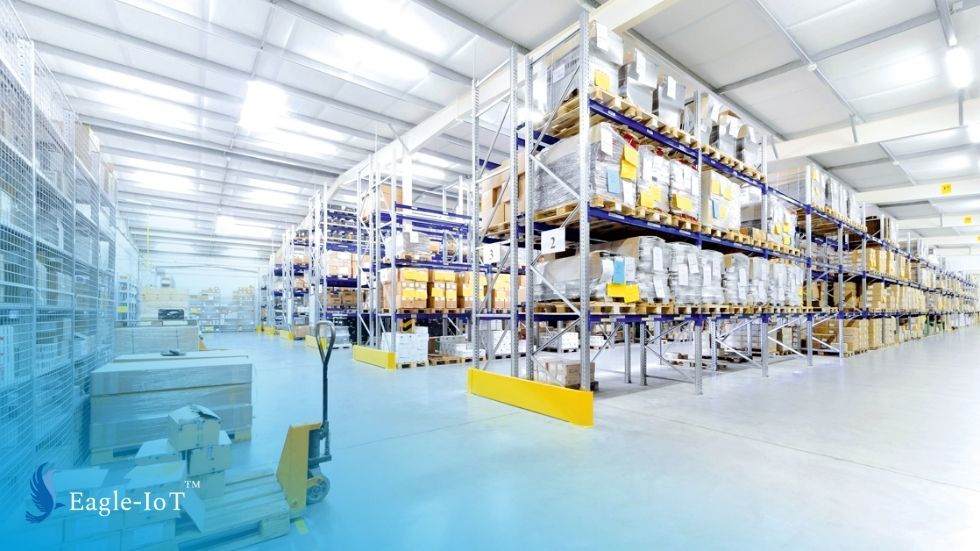
-
Technological Integration as a Cornerstone of SFDA Compliance
The strategic integration of advanced environmental monitoring technologies has transitioned from a recommended best practice to an indispensable requirement for achieving and maintaining compliance with SFDA regulations. These technologies provide the granular data and real-time insights necessary to meet the stringent demands for temperature and humidity control within warehouses and during transportation.
Wireless sensor networks utilizing protocols like LoRaWAN (Long Range Wide Area Network) are emerging as crucial tools in this context. LoRaWAN technology offers significant advantages, including low power consumption, enabling sensors to operate for extended periods on battery power, and long-range communication capabilities, allowing for comprehensive coverage of large warehouse facilities. These networks facilitate the continuous and autonomous collection of temperature and humidity data at critical control points within the storage environment.
Furthermore, the accuracy and reliability of these monitoring systems are paramount for compliance. SFDA regulations often implicitly or explicitly require that these sensors are calibrated to internationally recognized standards, such as those set by the National Institute of Standards and Technology (NIST) in the United States. NIST calibration ensures that the measurement devices operate within acceptable tolerances, providing verifiable and auditable data that meets regulatory scrutiny. This traceability to a primary standard enhances the credibility of the monitoring data submitted to the SFDA’s designated platforms.
Impact on Warehouse Operations and the Path to Compliance
The mandatory implementation of these advanced monitoring systems necessitates a fundamental reevaluation and potential restructuring of traditional warehouse operations. Facilities must now invest in and deploy electronic devices equipped with the capability to seamlessly connect to the SFDA’s designated digital platforms for the continuous measurement and reporting of temperature and humidity levels within all storage areas. This includes strategically placing sensors throughout the warehouse to ensure uniform monitoring and identifying potential microclimates that could affect product quality.
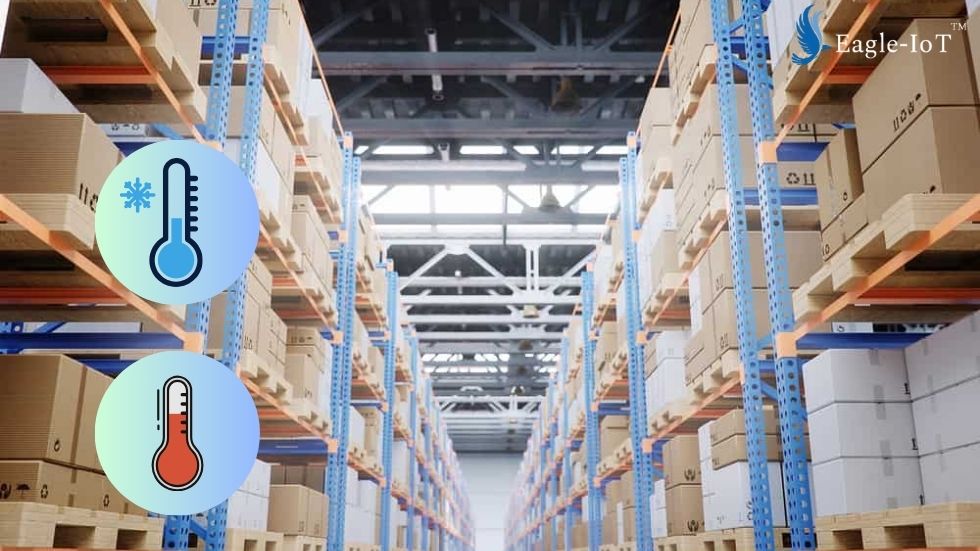
Beyond the implementation of monitoring technology, compliance with SFDA regulations extends to other critical operational aspects. Warehouses are also required to adhere to elevated standards of hygiene and sanitation to prevent contamination, implement robust and proactive pest control management systems to safeguard stored products, and establish clearly demarcated areas for the segregation and appropriate management of any damaged, expired, or non-conforming products. Comprehensive record-keeping, including detailed logs of temperature and humidity data, maintenance schedules, and corrective actions taken, is also essential for demonstrating ongoing compliance during SFDA inspections.

-
Industry Trend Analysis: Embracing Digital Transformation for Enhanced Food Safety
For businesses navigating the SFDA’s stringent requirements, the adoption of advanced environmental monitoring technologies has become a cornerstone of compliance. Eagle-IoT offers a suite of SFDA-approved wireless sensor solutions specifically engineered for real-time temperature and humidity monitoring within warehouse environments. Leveraging the robust and energy-efficient LoRaWAN communication protocol, Eagle-IoT provides extensive coverage and long-term operation. Critically, these sensors undergo rigorous calibration processes traceable to National Institute of Standards and Technology (NIST) standards, ensuring the accuracy and reliability of the collected data for regulatory adherence.
Beyond basic monitoring, Eagle-IoT provides a comprehensive platform Smart Sense for proactive environmental management. Features include:
- Real-time and Historical Data Visualization: Intuitive dashboards provide live readings and historical trends, offering a clear understanding of environmental conditions within the warehouse.
- Customizable Alert and Notification System: Users can configure threshold-based alerts via SMS, email, or other channels, enabling immediate intervention when deviations occur, minimizing potential spoilage and ensuring compliance.
- Integrated Reporting and Analytics: The platform generates detailed reports that can be used for compliance documentation, audit trails, and identifying areas for operational optimization. This includes customizable report formats and scheduled report generation.
- Geofencing and Asset Tracking Capabilities: For temperature-sensitive goods in transit, Eagle-IoT offers geofencing features that trigger alerts when assets move outside predefined zones, along with real-time location tracking.
- Secure Data Storage and Accessibility: Data is securely stored in the cloud, providing authorized personnel with access from any location for enhanced visibility and control.
- API Integration: The platform offers API integration capabilities, allowing seamless data exchange with other warehouse management systems (WMS) or enterprise resource planning (ERP) platforms.
- User Management and Access Control: Granular user roles and permissions ensure data security and allow for controlled access based on individual responsibilities.
These comprehensive features offered by Eagle-IoT not only facilitate seamless compliance with SFDA regulations but also empower businesses to optimize their warehouse operations, minimize product loss, and ultimately enhance product integrity and consumer trust.
As the industry proactively adapts to these evolving demands, the informed adoption and implementation of these technological advancements will be the critical determinant in ensuring the highest standards of food safety, maintaining unwavering regulatory compliance, and effectively meeting the ever-increasing expectations of both consumers and regulatory bodies in the Kingdom

